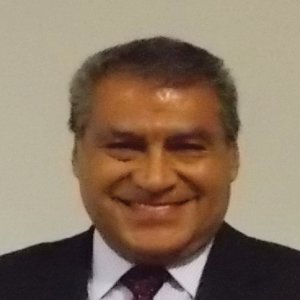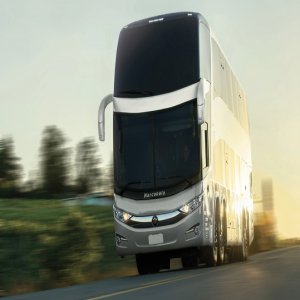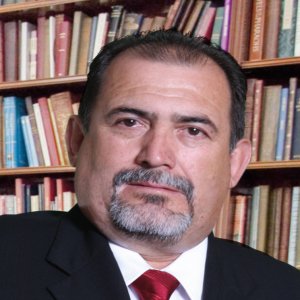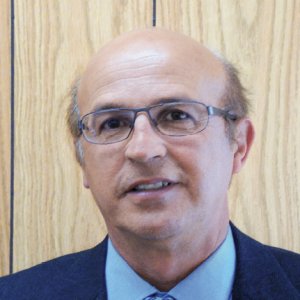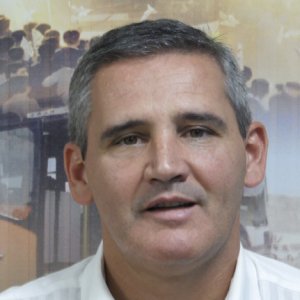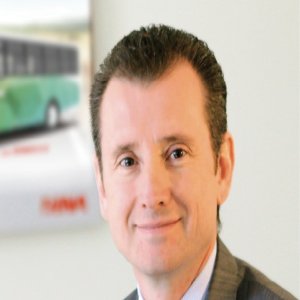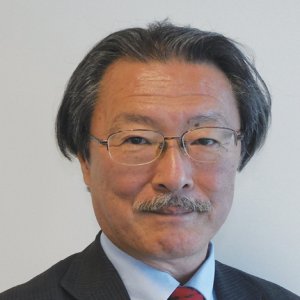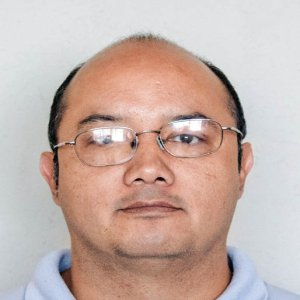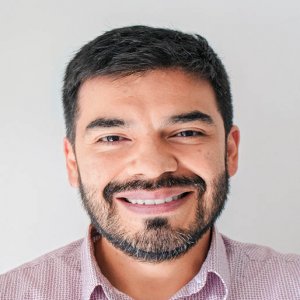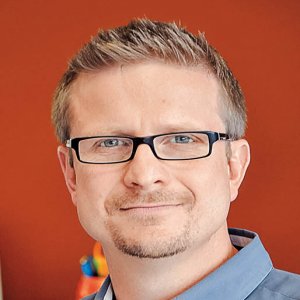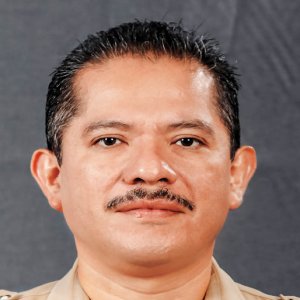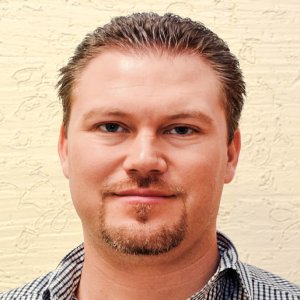Industrial Park Initiatives to solve Human Capital Crisis

STORY INLINE POST
Q: What is the history of Castro del Rio, and what led Marabis to the decision to first establish the industrial park in Guanajuato?
A: Since its establishment in 2006, Castro del Rio has been directed toward the automotive sector, but only had German companies in the park to begin with. Now, 11 out of the 25 German companies in Guanajuato are located at Castro del Rio. Alongside these, there are around 72 Japanese companies in the state, 27 of which are located in the park. Castro del Rio is the largest private industrial park in the state, just behind the state-funded public industrial park, Puerto Interior.
The location is a key contributory factor to our success, the park is in the center of Mexico’s three large cities and is connected to the Pan-American Highway. We have easy access to the seaports, and we are intersected by two railroads. Additionally Guanajuato has one of the busiest airports in central Mexico. Many companies are coming to the Bajio area and 80% of automotive companies are within 400km of Irapuato, allowing us to target every OEM in the region. Another reason for our growth in the area is that companies here are either partners or supply one another. We have created an association of general managers in the park with three different committees: HR, Environmental, Health, and Security (EHS), and Purchasing. These committees are in charge of reviewing the requirements of the companies in these areas.
Q: How is Castro del Rio helping the government to address the potential bottleneck in automotive human capital?
A: We have a lot of specialized labor available in the area. The average population age in the country is 27, but in Guanajuato it is 24, and in Irapuato it is as low as 21. Schaeffler Technologies was the first company to address the need for technical training directly. The company decided to bring its German dual education model, hiring apprentices from schools that would be willing to adopt particular educational strategies. They partnered with the National Council of Professional Technological Education (CONALEP) and designed a program targeted at students with minimal resources. Castro del Rio designated an area inside the park for CONALEP to build its campus. After students complete the program, some are taken to Germany, China, or Poland to continue their training, while others enter a collaboration program with the Irapuato Institute of Technology and Higher Education (ITESI) to obtain their engineering degree. The companies provide funding for tuition, meals, and transportation as long as students continue to work weekdays and study at weekends. The companies are not obliged to hire any percentage of the students in their programs, but there are incentives from the government to employ close to 80% of the people enrolled in different kinds of training programs.
This program has increased our specialized labor, there is less migration to the US, and companies are now looking for local workers. The reason for the success of this program is that we found an opportunity in the need for specialized labor and we are only focusing our efforts on developing students in technical areas that the companies require. The program was originally created to reduce the school dropout rate. At first, parents were concerned about sending their daughters to work at the plants, but every time the program starts, each facility invites parents and teachers to see how they operate. Once the family see the benefits and the good working conditions, they are keen for their children to take advantage of everything the program has to offer.
Q: How is Guanajuato attracting foreign investment while ensuring that its benefits are distributed across the state?
A: The government is worried about overpopulation in certain cities and is trying to spread work opportunities as widely as it can. It is important to target other communities that also need job opportunities, otherwise we risk large waves of migration. We are requesting the implementation of the necessary incentives and financial support to develop new facilities, and in return we are pledging to maintain the same prices, preserving the market for the entire state. In our current facilities, we have already sold 65% of our capacity, and the government is now looking for us to expand our operations to new locations closer to the new OEMs.
